- 24,276

- It/It
- GTP_TheCracker
Roy?
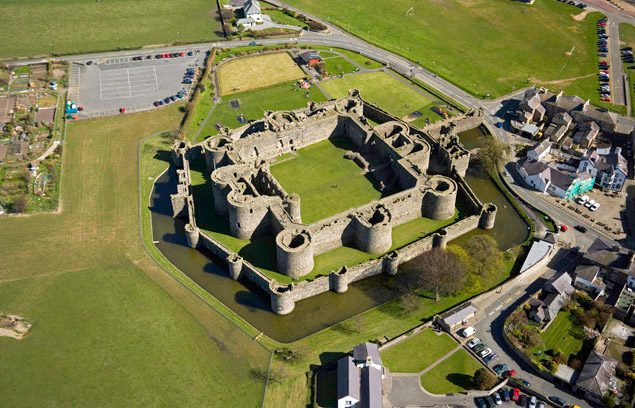
The only castle I know which looks similar to that is Biwmares (Beaumaris). It was sieged for 4 years by Parliamentary forces when held by Royalists in the 1640s. It was also sieged for 2 years by English forces when held by Owain Glyndwr in 1403.

Harlech and Cricieth are also of similar design, defence capabilities and similar events also happened to them during the Glyndwr rebellion and English civil war.
In descending order, the castles in best condition are Biwmares, Harlech then Cricieth.
Close - I think, since I'm no expert on British castles. IMO, the castle you show is the never completed Beaumaris.
The castle which underwent a 7 year seige I believe is Harlech, which you included in your answer, though lacking a photo.
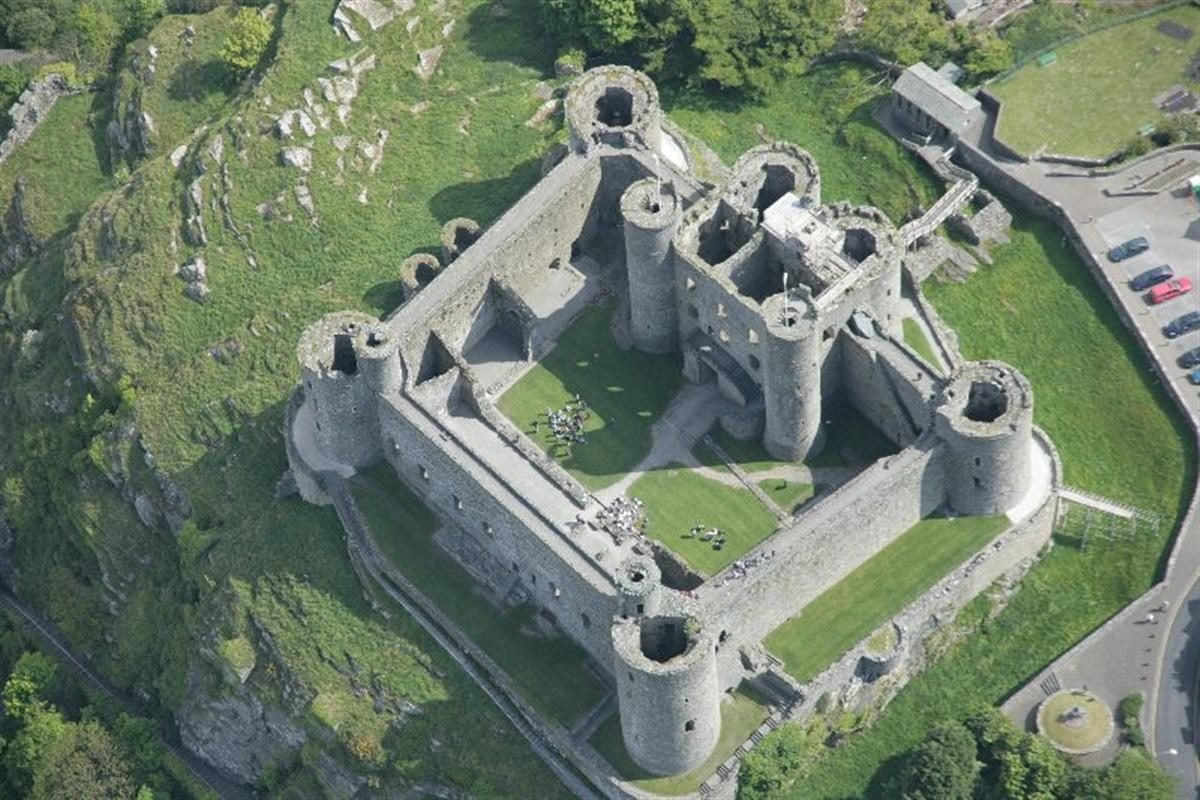
Just going off the picture/drawing you provided, that drawing is quite clearly Biwmares and not Harlech. Harlech is much smaller and more compact than Biwmares:

And there's nothing mysterious about these, or any other of the major intact castles in Wales such as Conwy and Caernarfon. Just lots of time and labour. I spent a lot of my youth visiting these places.
Excellent!
Though this source says the inner wards of both Harlech and Beaumaris are about 50 yards square.
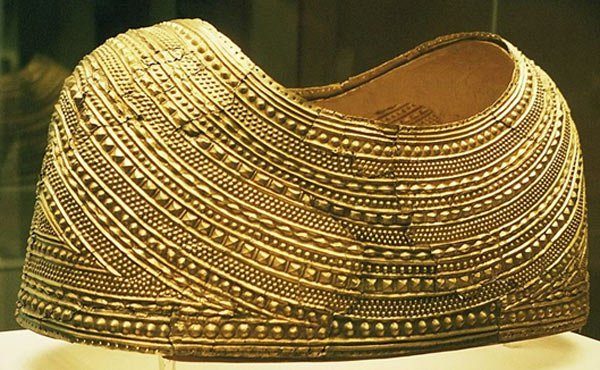
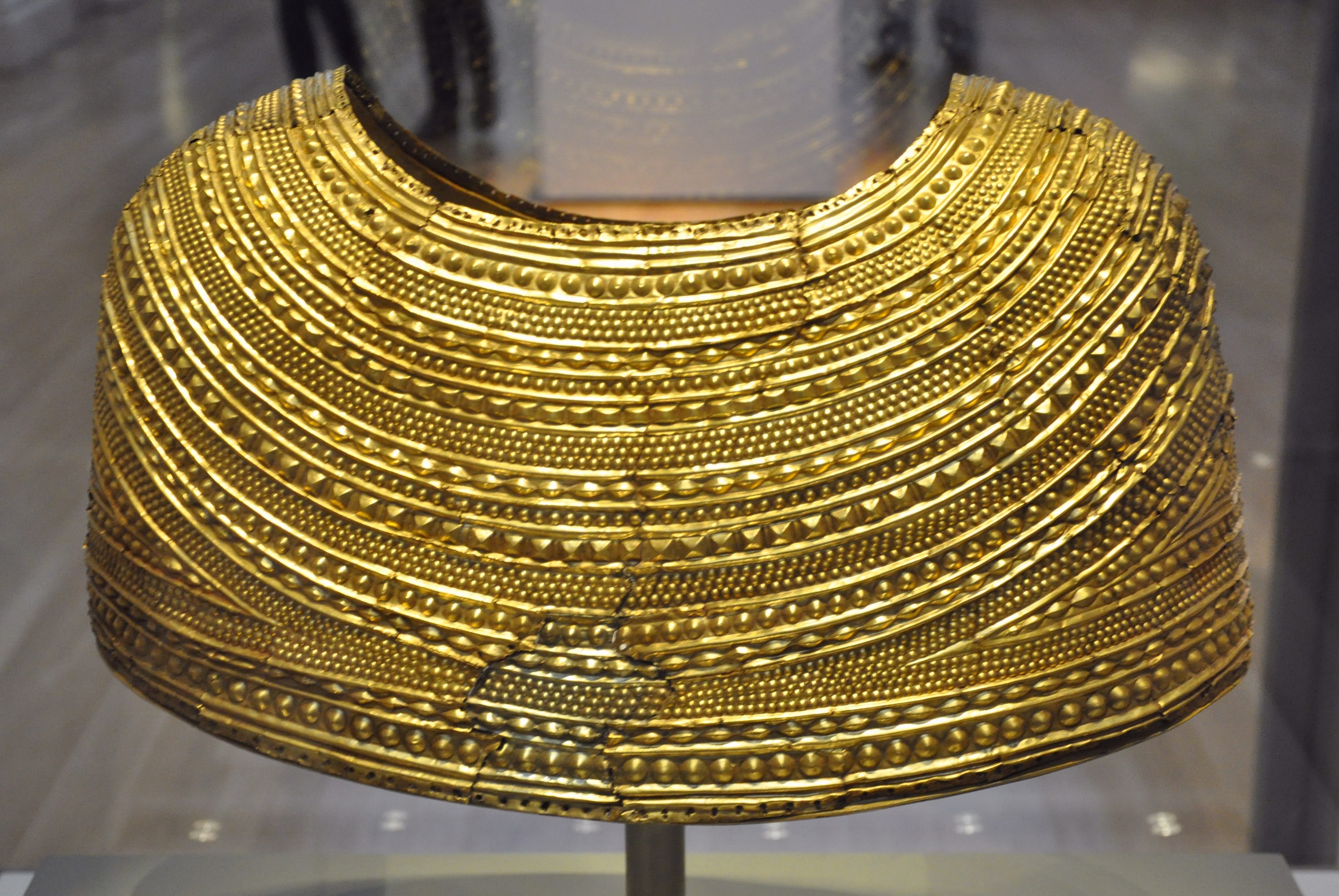
Did all of these castles have a stable included within the walls, in the inner ward?That's a thing of beauty. Here's a 360 on Sketchfab, I'm sure there'll be a proper VR somewhere too.
@Dotini, Harlech was sieged for (supposedly) 7 years. The architect (or principal architect) was James of St. George who did indeed contribute heavily to Caernarfon and Conwy.
Did all of these castles have a stable included within the walls, in the inner ward?
From the Irish Museum.
Do they resemble Incan artifacts?
I'm sitting here wondering how a castle can sit out a 7-year siege, without a miracle that makes Jesus feeding the 5,000 look like finding a whole loaf of bread in the back of the freezer.

I'm sitting here wondering how a castle can sit out a 7-year siege, without a miracle that makes Jesus feeding the 5,000 look like finding a whole loaf of bread in the back of the freezer.
It's also worth noting that in the case of the north Wales castles, they were built by the English to defend themselves from, and as a show of force to, the locals. ie the Welsh themselves.
Yes, this is very worth noting, indeed. Castles, at least in Europe, were invented as a means of political and military control over the countryside - even whole nations.
Could you provide a link, please? My Mac has no right click.Here's one that might tickle @Dotini's fancy, possibly @eran0004 too.
Research*, discuss.
View attachment 697156
*Only requires an image right-click in these modern times
Could you provide a link, please? My Mac has no right click.

A quick search suggests the female Viking warrior is holding glass, amber or horn gaming pieces. Perhaps a strategist in addition to a warrior?Search "Birka Grave 581"
My own interest in this particular site is mainly in what the grave's occupant is holding.
A quick search suggests the female Viking warrior is holding glass, amber or horn gaming pieces. Perhaps a strategist in addition to a warrior?

Watching Lagertha on the History Channel's production of "Vikings" persuades me of the female Viking warrior/queen.Indeed, "she" is holding hnefatafl pieces. Hnefatafl (fist-table, arguable translation) is a game of strategy popular in the North East of Europe during (as far as we know) the 6th to 12th centuries. I had the honour of handling and scanning some pieces from Jorvik along with a recovered fragment of game board. They're on display in the museum there if you're ever visiting
This skeleton is interesting - somebody apparently buried as a tactical expert and warrior with a recent assessment suggesting that the skeleton is a female. There's much debate about "the chain of evidence" (the original dig was about 100 years ago) and it's upset a good number of Viking experts who believe that female warriors couldn't have been A Thing.



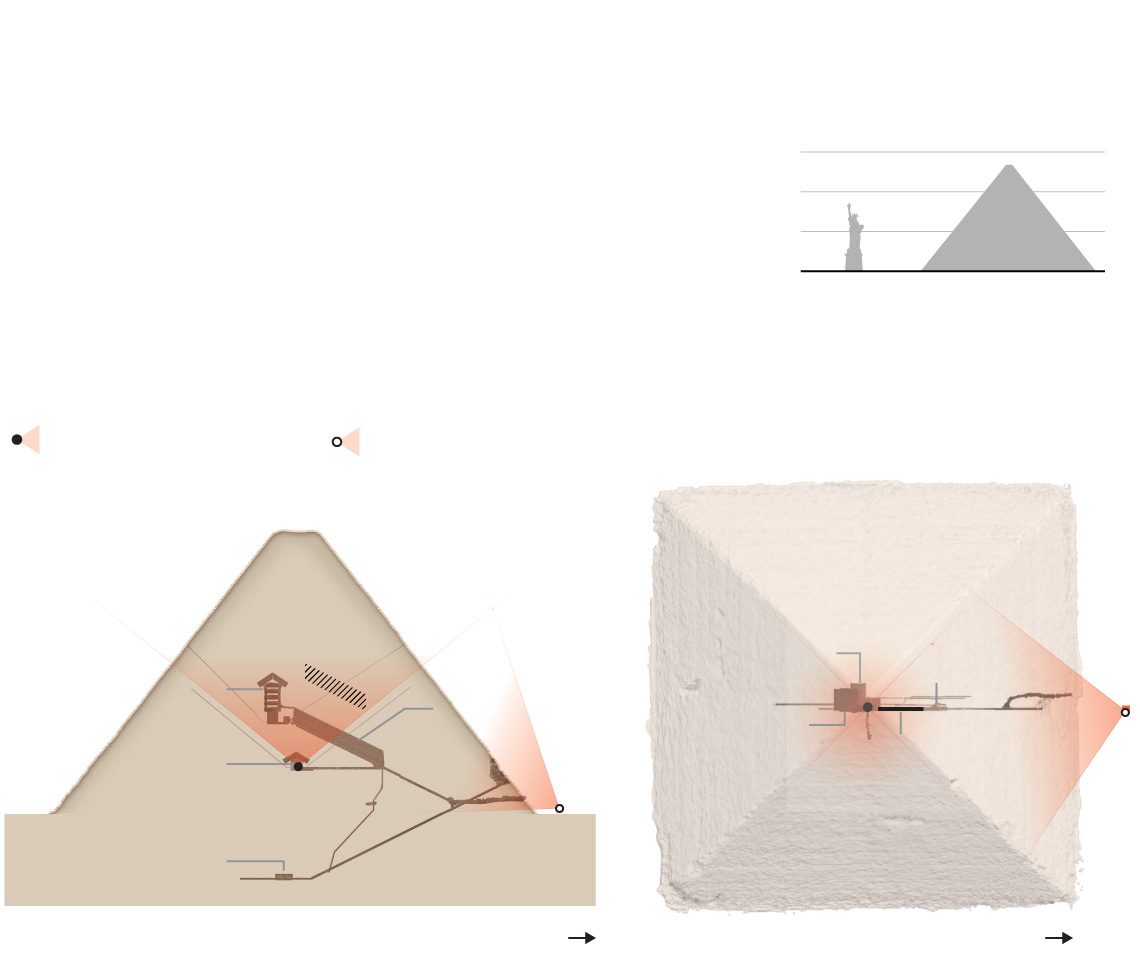
It's a bucket.
But then I also adore Queen Daenerys, the Khaleesi, or really almost any alpha female.
Welcome to the Ancient History, Ancient Mystery thread, Imari. As an Australian, I expect you could come up with several intelligent things to say about the history and mysteries to be found in the southern hemisphere. I'll be looking forward to that.She of the "I should be ruler because I have the right surname and also have the medieval equivalent of nuclear weapons, do as I say or die"? Yeah, nice.

Welcome to the Ancient History, Ancient Mystery thread, Imari. As an Australian, I expect you could come up with several intelligent things to say about the history and mysteries to be found in the southern hemisphere. I'll be looking forward to that.

Welcome to the Ancient History, Ancient Mystery thread, Imari. As an Australian, I expect you could come up with several intelligent things to say about the history and mysteries to be found in the southern hemisphere. I'll be looking forward to that.
